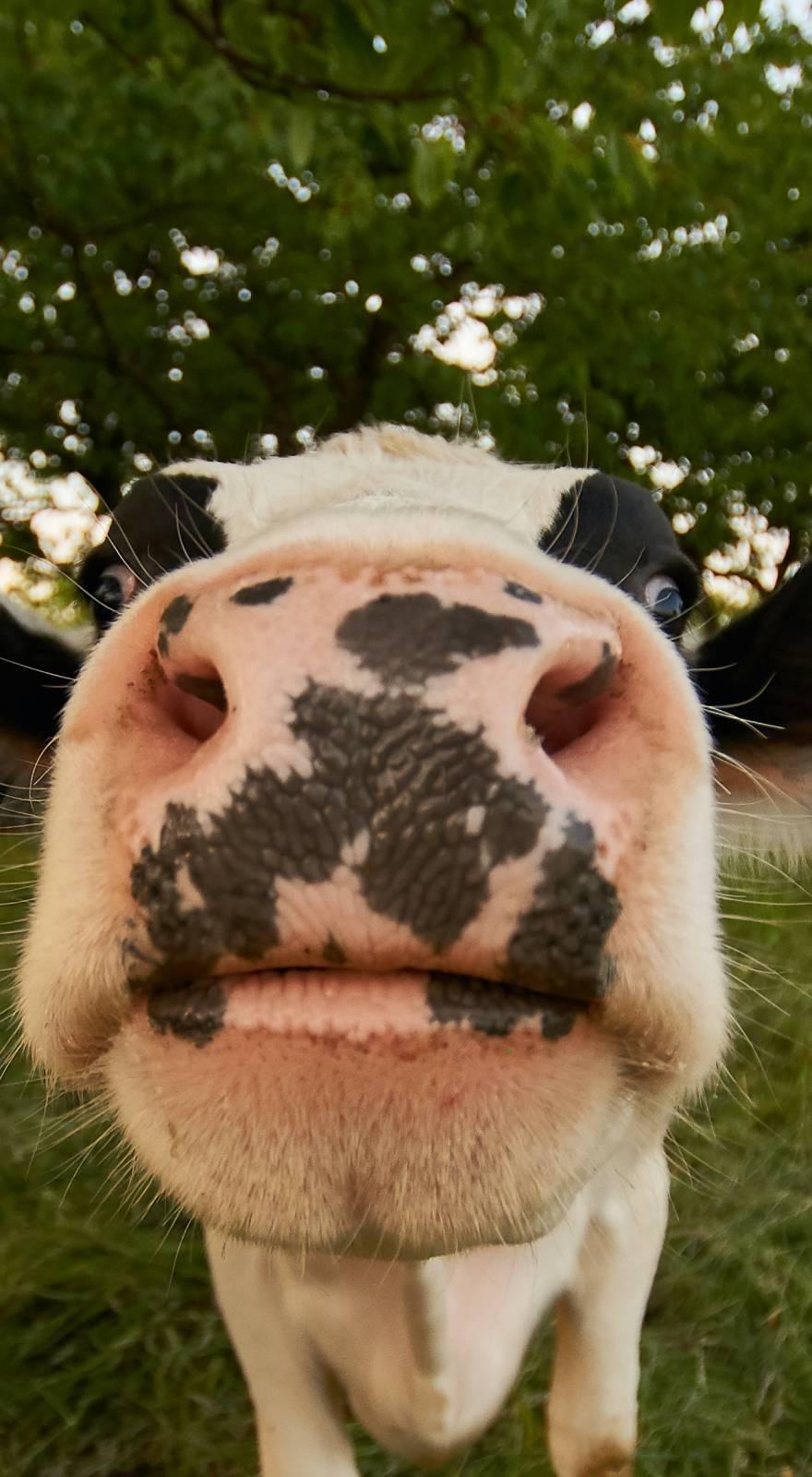Knowde Enhanced TDS
Identification & Functionality
- Ingredient Name
- Animal Feed & Nutrition Functions
- Ingredients
- Sorghum
- Technologies
Features & Benefits
- Definition of other terms
(a) Broken kernels. All matter which passes through a 5/64 triangular-hole sieve and over a 2.5/64 round-hole sieve according to procedures prescribed in FGIS instructions.
(b) Broken kernels and foreign material. The combination of broken kernels and foreign material as defined in paragraphs (a) and (f) of this section.
(c) Classes. There are four classes of sorghum: Sorghum, Tannin sorghum, White sorghum, and Mixed sorghum.- Sorghum. Sorghum which lacks a pigmented testa (subcoat) and contains less than 98.0 percent White sorghum and not more than 3.0 percent Tannin sorghum. The pericarp color of this class may appear white, yellow, pink, orange, red, or bronze.
- Tannin sorghum. Sorghum which has a pigmented testa (subcoat) and contains not more than 10.0 percent non-Tannin sorghum. The pericarp color of this class is usually brown but may also be white, yellow, pink, orange, red, or bronze.
- White sorghum. Sorghum which lacks a pigmented testa (subcoat) and contains not more than 2.0 percent sorghum of other classes. The pericarp color of this class is white or translucent and includes sorghum containing spots that, singly or in combination, cover 25.0 percent or less of the kernel.
- Mixed sorghum. Sorghum which does not meet the requirements for any of the classes Sorghum, Tannin sorghum, or White sorghum.
(d) Damaged kernels. Kernels, pieces of sorghum kernels, and other grains that are badly ground damaged, badly weather damaged, diseased, frost-damaged, germ-damaged, heatdamaged, insect-bored, mold-damaged, sprout-damaged, or otherwise materially damaged.
(e) Dockage. All matter other than sorghum that can be removed from the original sample by use of an approved device according to procedures prescribed in FGIS instructions.
Also, underdeveloped, shriveled, and small pieces of sorghum kernels removed in properly separating the material other than sorghum.
(f) Foreign material. All matter, except sorghum, which passes over the number 6 riddle and all matter other than sorghum that remains on the top of the 5/64 triangular-hole sieve according to procedures prescribed in FGIS instructions.
(g) Heat-damaged kernels. Kernels, pieces of sorghum kernels, and other grains that are materially discolored and damaged by heat.
(h) Nongrain sorghum. Seeds of broomcorn, Johnson-grass, Sorghum almum Parodi, and sudangrass; and seeds of Sorghum bicolor (L.) Moench that appear atypical of grain
sorghum.
(i) Pericarp. The pericarp is the outer layers of the sorghum grain and is fused to the seedcoat.
(j) Sieves.- 1.98 mm (5/64 (0.0781) inches) triangular-hole sieve. A metal sieve 0.81 mm (0.032 inches) thick with equilateral triangular perforations the inscribed circles of which are 1.98 mm (0.0781 inches) in diameter.
- 0.99 mm (2 1/2/64 (0.0391) inches) round-hole sieve. A metal sieve 0.81 mm (0.032 inch) thick with round holes 0.99 mm (0.0391 inches) in diameter.
Applications & Uses
- Markets
- Principles Governing the Application of Standards
Basis of determination: Each determination of broken kernels and foreign material is made on the basis of the grain when free from dockage. Each determination of class, damaged kernels, heatdamaged kernels, and stones is made on the basis of the grain when free from dockage and that portion of the broken kernels, and foreign material that will pass through a 1.98 mm (5/64 inch) triangular-hole sieve. Other determinations not specifically provided for in the general provisions are made on the basis of the grain as a whole except the determination of odor is made on either the basis of the grain as a whole or the grain when free from dockage, broken kernels, and foreign material removed by the 1.98 mm (5/64 inch) triangular-hole sieve.
Regulatory & Compliance
- Certifications & Compliance
Packaging & Availability
- Special grades and special grade requirements.
Smutty sorghum- Sorghum that has kernels covered with smut spores to give a smutty appearance in mass, or that contains 20 or more smut balls in 100 grams of sorghum.

